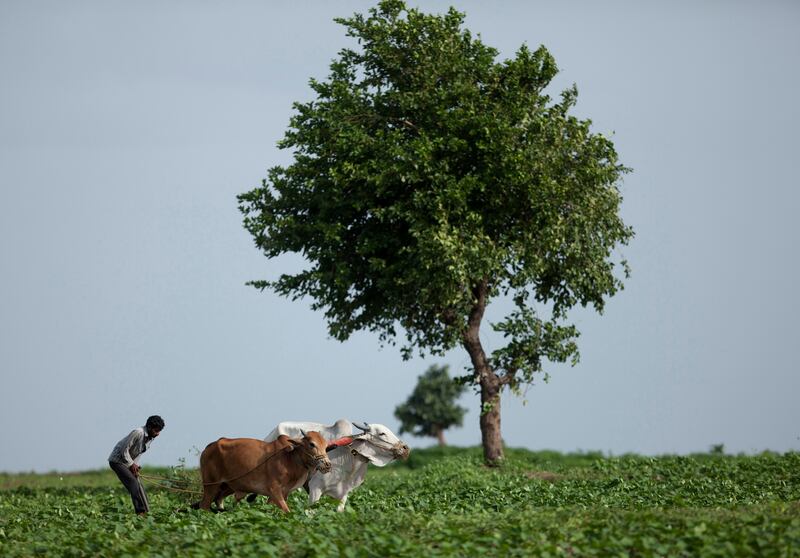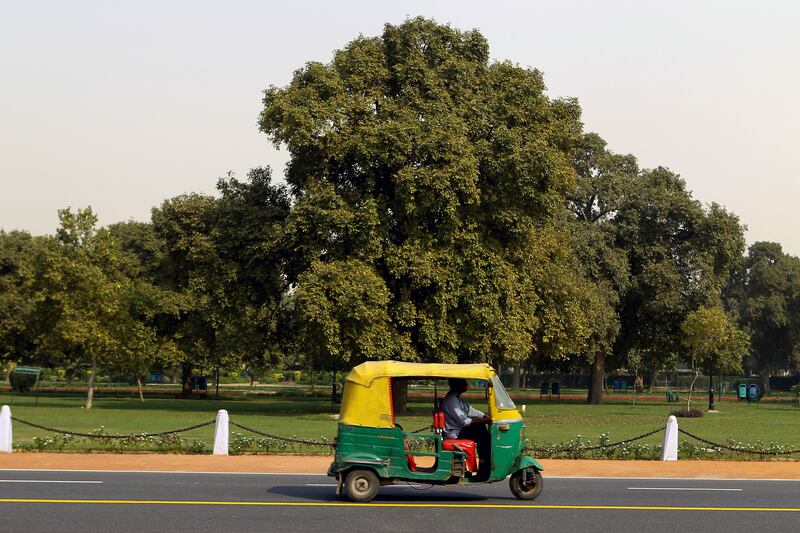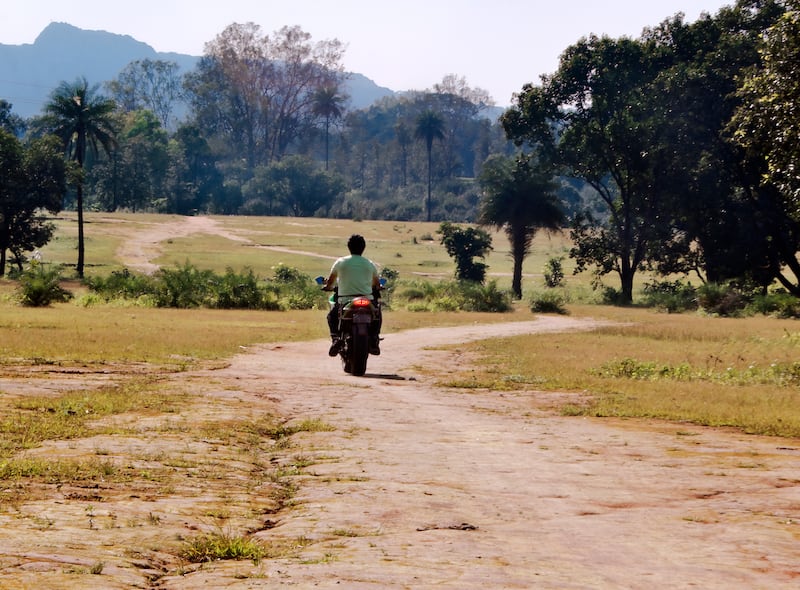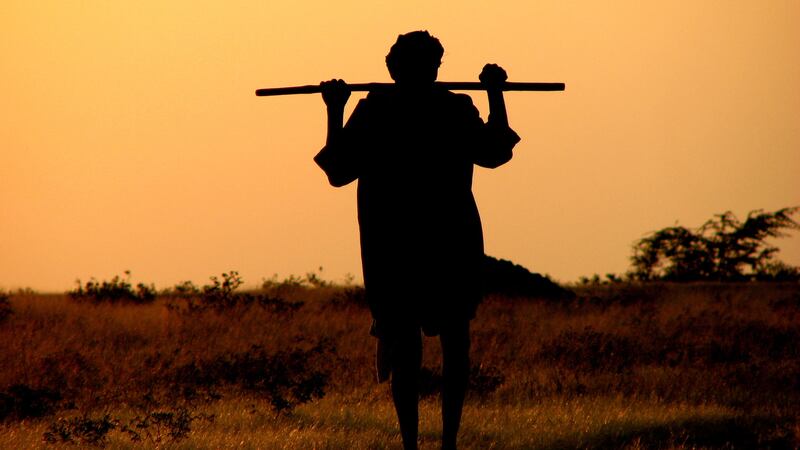Venturing outdoors could become deadly across various parts of South Asia by the end of the century as climate change drives heat and humidity to new extremes, a new study suggests.
According to the researchers at the Massachusetts Institute of Technology (MIT) and Hong Kong University of Science and Technology, the Indo-Gangetic Plain that stretches across India, Pakistan and Bangladesh could become too unbearable to reside 70 years from now.
The region is believed to be home to around 1.5 billion people.
“The most intense hazard from extreme future heat waves is concentrated around the densely populated agricultural regions of the Ganges and Indus river basins,” the study authors wrote.

While most climate studies have been mostly based on temperature projections, this one also considers humidity as well as the body’s ability to cool down in response to the weather.
Those three factors together make up what is called a “wet-bulb temperature,” which is the air temperature taken when a wet cloth is wrapped around the thermometer and can help estimate how easy it is for water to evaporate.
Scientists say humans can survive a wet-bulb temperature of up to about 35C, beyond which the human body has difficulty in sweating, leading to heat stroke and ultimately death within just a few hours. This can even occur in shaded, ventilated conditions.
So far, wet bulb temperatures have rarely exceeded 31C, a level that is already considered extremely hazardous.
“It is hard to imagine conditions that are too hot for people to survive for more than a few minutes, but that is exactly what is being discussed in this paper,” said Stanford University climate scientist Chris Field, who was not involved in the study.
“And of course, the danger threshold for punishing heat and humidity is lower for people who are ill or elderly.”
Most of those at risk in India, Pakistan and Bangladesh are poor farmers or outdoor construction workers who are unlikely to have air conditioners.
“What we see in this study is a convergence of intense weather projections and acute vulnerability,” said study co-author Elfatih AB Eltahir of MIT.

For the study, the researchers carried out computer simulations using global atmospheric circulation models under two scenarios – one in which the world comes close to meeting its goal of curbing emissions to limit Earth’s average temperature rise to 2C above pre-industrial levels, and one if it continues emitting at current levels.
Both scenarios play out dangerously for South Asia. But with no limit on global warming, about 30% of the region could see dangerous wet bulb temperatures above 31C on a regular basis within just a few decades.
The researchers say if the world can limit global warming, that risk exposure declines drastically.

Experts say countries must work towards meeting the Paris agreement goals to limit average global warming to 2C, especially since the world has already warmed by 1C.
That average will play out differently across the planet, and South Asia is expected to be hit harder than other regions.
Deadly heat is already common in that part of the world. In 2015, a heat wave across India and Pakistan killed 3,500 people.
Disaster management officials already have urged India’s cities and states to create heat action plans, after recording 13 of the country’s hottest 15 years on record since 2002.
The research is published in the journal Science Advances.








